High humidity in new house
cardinalminnesota
4 years ago
Featured Answer
Sort by:Oldest
Comments (76)
tigerdunes
4 years agoRelated Discussions
High Humidity in new house
Comments (6)Raining out? You may not do much better. What do you have for controls? I'd only want the Vision Pro IAQ for a high end system. It has dehumidify on demand which sends a signal to the blower to slow down when humid. I just got one this year. Right now set at 55% but often I set it at 50%. Really see the water pouring out of the drain in that mode. One problem with 2 stage is lower humidity removal on low so that could be helped with the better control. Don't run the blower constantly, put it on auto in humid weather so it doesn't put the water from the coil back in the house during the off cycle. Wonder if oversized? More dealers do that, especially in tight homes, than undersize....See MoreNew combo ducted/ ductless system and very high humidity upstairs
Comments (12)When there is little to no cooling to be done, there can't be any dehumidification without overcooling and reheating if you are working with conventional refrigeration cooling like this. Residential systems are not set up to do that unless you have a dedicated dehumidifier. Variable speed compressors and blowers help a lot, extending the dehumidification activity by biasing the system to humidity removal and away from cooling. They can only go so far. At night, and in the spring and fall, when heat load is low, you are going to fall out of the ideal comfort zone more frequently that in the blazing daytime in August. You might find that with your vastly different types of systems, upstairs and down, that is at different points. (On the other hand, other characteristics differ upstairs and down so pinning it on the AC would be difficult.) When I get home in the evening, the humidity is at its lowest in the house. By the morning, it has climbed, but still below 50% Since I have seven indoor units and I shut most of them off at night, I have better capacity staging than most and I assume that helps. That is all very different from what you are seeing now. I honestly think that you should be able to attain low 40s in the daytime/evening. Above 50 is too high for a fully variable system like that. When I wrote distribution problem, I meant leaking ducts that cause humidity to be drawn into the house due to depressurization of the house. You describe a different kind of distribution problem. The air flow to individual rooms needs to be adjusted, lower in the cold areas or higher in the warmer areas. Looking to your future, I think that the dehumidify setting works this way. In some systems you get to set a temperature and others (mine) you don't. The latter type system just uses the current temperature as your desired temperature. After a temperature is chosen and it tries to meet it, it is allowed to overcool below that temperature. Depending on your system, you can choose that overcool amount or it might be fixed. That looks like a pretty typical modcon boiler. If it is not oversized, you should get greatly improved efficiency if the old one was an old 80%ish efficiency boiler. Are you using an indirect tank for DHW? Maybe not since you mentioned turning off the boiler. You are lucky to have CI rads, they play well with the lower water temp desirable for highest efficiency. Lots of original rads in a home with significant air sealing and insulation improvements helps a lot too. With Modcons it would be hard to have too much radiation in a retrofit situate. That allows you to keep water temperature down. Don't feel bad about having only one zone for at least two reasons. First, if a home is well insulated and sealed, logic alone tells you that heat (and humidity) moves from room to room much faster than inside-outside so economy from zoning is often not realized. Second, smaller zones can be a problem for a modulating boiler. If it can not modulate down to an output that is appropriate for the smallest zone in low heat demand times, it will cycle a lot and that cuts into efficiency. A buffer tank can be added, but who wants that? There are some homes that went to multiple zones in the 70s and after (when fuel prices climbed rapidly) where hydronics designers recombined zones in to make them work with a new mod con! Mod con geeks/chauvinists like to see their boilers modulating up and down but rarely shutting off in the heating season. With an ideal system and careful boiler set-up, it can be done. An upstairs and a downstairs zones might be nice and might not be that hard to do, but be sure someone does not adversely affect boiler operation if you go that way. Calculations ought to be able to tell you what to expect wrt cost heating with the heat pumps vs. boiler. It might be a little tricky with the unknowns of an old house with unknown insulation and air leakage rates, but it should be possible to come close. Good luck with the AC guys!...See MoreHumidity issue with new home without HVAC
Comments (57)If there is a leak somewhere, then there would be an ongoing problem and the source should be easy to identify using an IR camera. Based on the information the OP provided, the home is on a concrete slab. I lived in a home in central TX that was on a slab. I can remember watching the level of the creek behind it rise and come really, really close to the home in a tropical storm. Homes on slabs are unforgiving that way. The photo shows other homes in close proximity, and it looks like there is no grass established. I suspect that there are no gutters or downspouts and that final grading hasn't been done. If so, when it rains, storm water is flowing off the roofs to areas which don't have drainage swales, don't have any turf, and which have only limited ability to hold water or promote infiltration. Taken together, these conditions suggest a good probability the water is rain that entered the home, not condensation. In our area, the building code requires grading the perimeter of the home so there is a 6 inch fall in the first 10 ft from the home. Hopefully the elevation of the slab was designed to allow for whatever grading requirement applies in your area....See MoreHigh Humidity in Home-Paint drippings in several rooms.
Comments (2)Assuming that the water drips eventually dry out and go away or fade, it's likely a case of water whitening. Bottomline is that the paint you chose isn't the problem per se, a different sheen nor using a ktichen/bath specific paint would have made a difference. Water whitening is just "the nature of the acrylic beast" as rmichael puts it. Here is a link that might be useful: Painter Forum...See Moretigerdunes
4 years agocardinalminnesota
4 years agocardinalminnesota
4 years agoAustin Air Companie
4 years agolast modified: 4 years agomike_home
4 years agoAustin Air Companie
4 years agomike_home
4 years agotigerdunes
4 years agocardinalminnesota
4 years agomike_home
4 years agoAustin Air Companie
4 years agolast modified: 4 years agomike_home
4 years agoAustin Air Companie
4 years agolast modified: 4 years agocardinalminnesota thanked Austin Air CompanieDrew8131
2 years agolast modified: 2 years agoDoris Henderson
2 years agoDoris Henderson
2 years agoCharles Ross Homes
2 years agoAustin Air Companie
2 years agomike_home
2 years agoCharles Ross Homes
2 years agoAustin Air Companie
2 years agoNancy K
2 years agoCharles Ross Homes
2 years agoAustin Air Companie
2 years agoCharles Ross Homes
2 years agoAustin Air Companie
2 years agoCharles Ross Homes
2 years agoCharles Ross Homes
2 years agoAustin Air Companie
2 years agoCharles Ross Homes
2 years agoAustin Air Companie
2 years agoCharles Ross Homes
2 years agomike_home
2 years agoAustin Air Companie
2 years agolast modified: 2 years agoCharles Ross Homes
2 years agoAustin Air Companie
2 years agolast modified: 2 years agoVanessa
2 years ago
Related Stories

GARDENING GUIDESGot a Hot, Humid Landscape? Add Tropical Flair With Air Plants
Turn tree trunks and walls into lush canvases with plants adapted to the canopies of the rainforest
Full Story
WOODKnotty and Nice: Highly Textured Wood Has a Modern Revival
Whether it's cedar, fir or pine, if a wood has a knot, it's hot
Full Story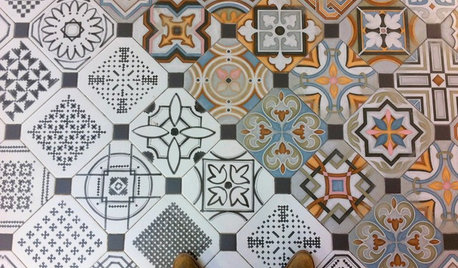
EVENTSTile Goes High Tech at Italy's Big Expo
Cutting-edge methods are creating tile looks from handmade to avant-garde, as seen as CERSAIE 2013
Full Story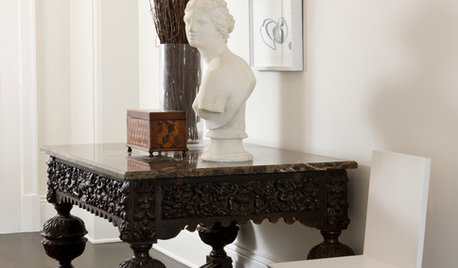
DECORATING GUIDESGet the High Style of Ebony Minus the High Price
Bring the elegance of a prized wood to your rooms with techniques that replicate the look for less
Full Story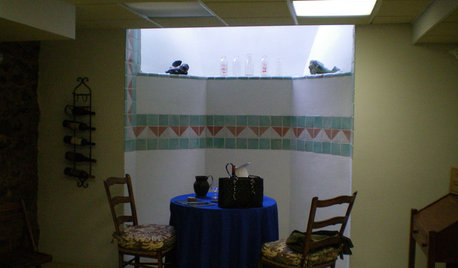
BASEMENTSBasement of the Week: High-End Problem Solving for a Show House
Dark and dated? Naturally. But this '70s-style basement had myriad other design issues too. See how the designer rose to the challenge
Full Story
HOME TECHHigh-Tech Tips for Securing Your House While You're Away
Prevent burglaries when you're traveling by using the latest gadgets, apps and online services
Full Story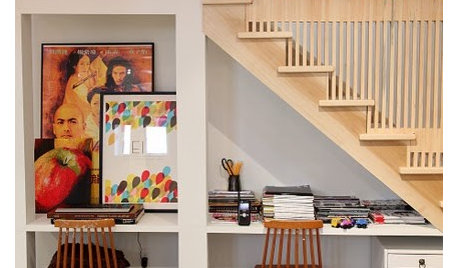
HOUZZ TOURSHouse Tour: Personality and High Style in Toronto
From basement to bedrooms to every room in between, a blogger captures the evolution of a creative and inviting home
Full Story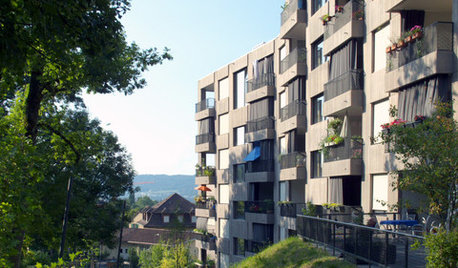
ARCHITECTURE4 Zurich Projects Build on High-Rise Livability
Generous landscaping, underground parking and terraces make these apartment complexes models of thoughtful housing
Full Story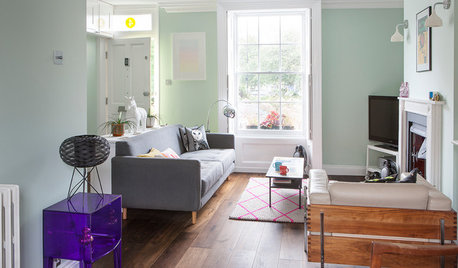
ECLECTIC HOMESHouzz Tour: High-Low Mix in a Colorful Victorian
An unloved house is transformed into a cheerful, versatile home with a blend of design classics, budget pieces and treasured finds
Full Story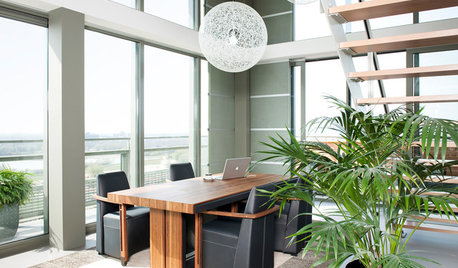
HOUSEPLANTSMeet a Palm That's Fine With Fluorescent Light
Get the look of the tropics without the full-on sun and high humidity — parlor palm tolerates regular indoor conditions with aplomb
Full Story




mike_home